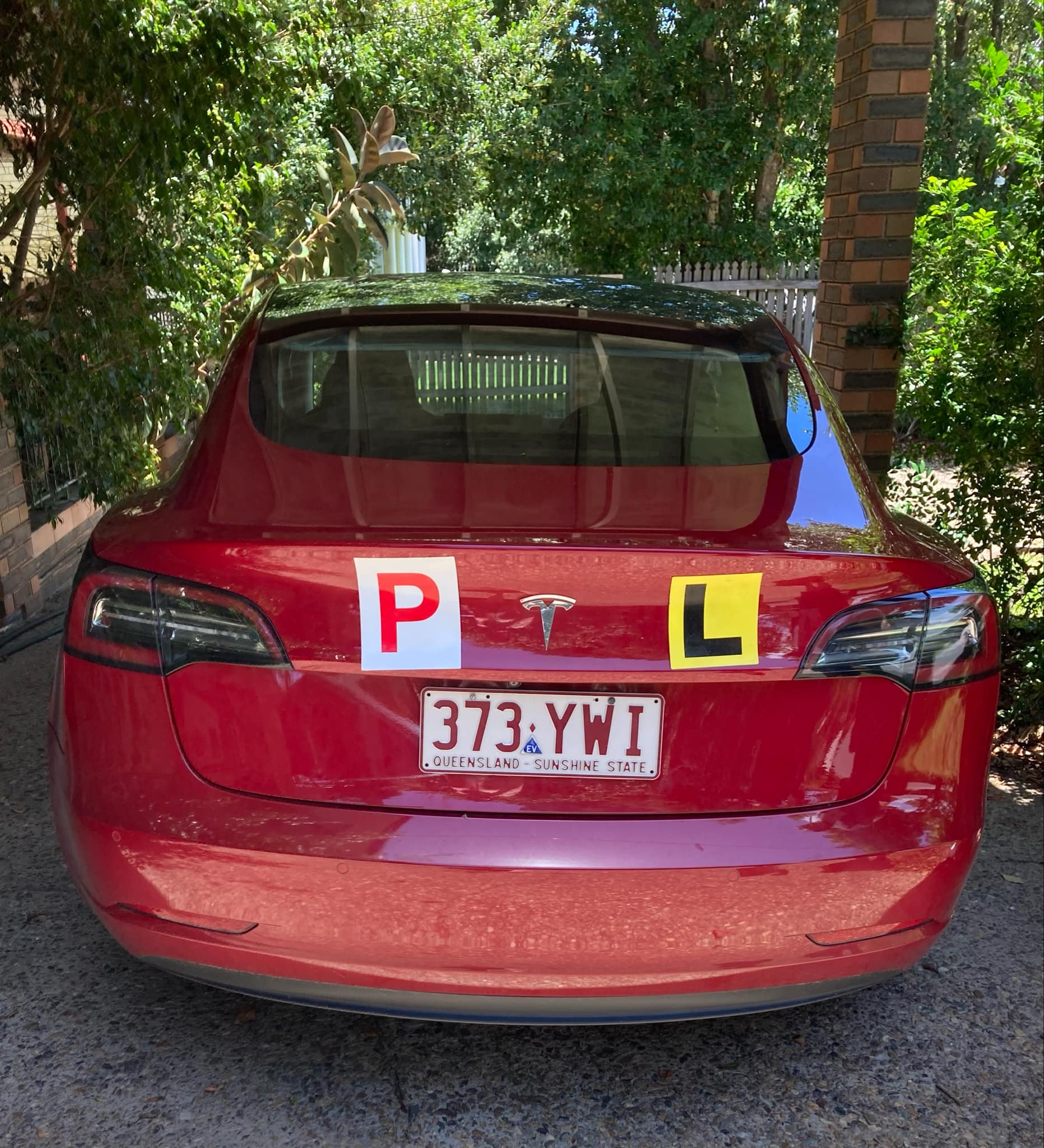
Do you love the gentle decadence of Mediterranean foods? Ah, pasta with zucchini, sun dried tomatoes, ricotta, and pine nuts. Or grilled eggplant parmigiana. Kalamata olive and chickpea paella. Lentil soup with olive oil and orange. Avocado toast with caramelized balsamic onions. Doesn’t this list of yummy foods make you hungry? If that’s the case, then you may be ready to advocate for your favorite food establishments to join The Coolfood Pledge.
Organizations that serve a total of 3 billion meals a year have signed up.
The Coolfood Pledge helps establishments commit to and achieve a science-based target to reduce the climate impact of the food they serve. Signatories commit to a target of reducing the greenhouse gas (GHG) emissions associated with the food they serve by 25% by 2030 relative to a 2015 baseline — a level of ambition in line with achieving the goals of the Paris Climate Agreement.
How is this done? Well, it’s about eating more plants. Wait, don’t go! It’s not about becoming a vegan, or even a vegetarian. Yes, it’s about a diet that consists largely of vegetables, fruit, beans, legumes, grains, and nuts, but small amounts of meat, dairy, or fish are okay. You eat lots of whole, fresh ingredients — it’s whole food at their finest, which are really good for you. Harvard Medical School, for example, defines plant-based as having small amounts of meat, fish, and dairy consumed anywhere from a few times a week to a few times per month. Diets with reduced animal-based foods tend to be healthier and have a lower environmental impact — research from the University of Oxford demonstrates that such diets have substantially lower GHG emissions, land use, and water use requirements than meaty containing diets.
But you’re still suspicious. Why is The Coolfood Pledge saying occasional animal products are okay? Dietary CO2 emissions of low meat-eaters average just 57.2% of that of high meat eaters. Researchers have found that 37% of methane emissions from human activity are the direct result of our livestock and agricultural practices. That means any reduction in our consumption of those foods will help the planet.
High GHG agricultural emissions are predominantly associated with production of ruminants — goats, sheep, and especially cattle digest and process their food by way of fermentation, which over time and produces methane, a powerful GHG. In essence, the planet is being warmed by flatulence or burps.
The case for plants keeps getting stronger and stronger, as leading health experts and organizations recognize the benefits of shifting toward a more plant-based way of eating. Think of it this way: the more plants you eat, the more you’ll be mending the planet.
A Plant-Based Food Establishment Case Study
If you’re a patient at one of New York City’s 11 public hospitals, you’ll have the chance to experience a food service system that has made plant-based food the default for inpatient meals. As chronicled by the New York Times, the country’s largest municipal health system has been serving food for the last year that contains no meat, dairy, or eggs. “If a patient doesn’t like the first option, the second offering is also plant-based. Anyone who wants meat has to make a special request.”
Mayor Eric Adams, a vegan who occasionally consumes fish, promoted The Coolfood Pledge for the area’s hospitals as a way to improve health and to curb GHG emissions. The mayor’s office has pledged to reduce the city’s food-based emissions by a third by 2030.
Rather than possibly turning off some patients by using the word “vegan,” though, the hospitals refer to the menu items as plant-based.
Now, a year after it made those sweeping changes, the hospital system has reduced its food-related carbon emissions by 36%, according to the mayor’s office. Patients seem to like choices like meatless Bolognese sauce. Or Sancocho, a Latin American beef stew, minus the beef. Or maybe a black-eyed peas casserole with cornbread, sans butter or eggs. Sodexo, the hospital’s food services vendor, reports that 9 out of 10 patients accepted the dishes — a 90% satisfaction rate is nearly unheard of in the food service industry.
The company expects to serve more than 800,000 plant-based dishes this year at the hospitals, which initially saved 59 cents per tray. Although these cost savings have risen and fallen, the end result is still less expensive per plate than meat.
Mercedes Redwood, an assistant vice president at NYC Health + Hospitals, told the New York Times that the staff regularly fielded queries from other hospitals around the country and the world about moving to a plant-based menu.
The Coolfood Pledge
What do food establishments have to do to take The Coolfood Pledge? Members are guided through a three-step approach: pledge, plan, and promote.
Organizations that serve food as part of their services have an opportunity to enact a program so they can offer delicious dishes with smaller climate footprints. The Coolfood Pledge is a global initiative, and it offers a lot of built-in flexibility. Different organizations interpret the plant based diet in their own ways: vegan, vegetarian, the Mediterranean diet, the flexitarian diet, or simply limiting meat intake in favor of plant-based foods all qualify as plant-based diets.
It’s serious stuff — complying with the World Resources Report, “Creating a Sustainable Food Future” and its Paris-compliant pathway for the food and agriculture sector for 2050 as well as associated Science Based Targets initiative methods.

Food service organizations learn how to set a food-related GHG emissions reduction target in line with the climate goals of the Paris Agreement. Individual signatories aim for at least a 25% absolute reduction in food-related GHG emissions or a 38% relative reduction in food-related GHG emissions per calorie. To do so, they calculate a set of metrics to establish baselines and track progress toward the GHG emissions reduction target.
Metrics provided are robust and relevant, feasible and cost-effective, to measure given commonly available data. The companion calculator includes default land-use and emission factors by region:
- Food purchases by food type (boneless equivalent, kilograms or pounds)
- Food-related GHG emissions from agricultural supply chains, (tons of carbon dioxide equivalent [CO2e])
- Food-related land use (hectares)
- Food-related carbon opportunity costs (tonnes of CO2e)
- Normalized metrics (several possible units of measure)
Organizations who join in start to navigate synergies and trade-offs while they’re juggling multiple sustainability goals. Resources are provided to help signatories to think through ways to make progress toward the Cool Food Pledge GHG emissions reduction targets — all the while also supporting other important environmental, social and ethical, and economic and financial sustainability goals.
Pledge members confidentially report food purchase amounts by weight each year. Data on all animal-based foods, as well as plant proteins, is submitted — keep in mind that animal proteins tend to make up 80-90% of an organization’s food-related GHG emissions. The climate impact results of the food are calculated using the Coolfood Calculator, drawing upon a peer reviewed methodology undertaken by the World Resources Institute. Each member receives an annual report showing GHG emissions by food type, trends year-over-year, and comparison.
I don’t like paywalls. You don’t like paywalls. Who likes paywalls? Here at CleanTechnica, we implemented a limited paywall for a while, but it always felt wrong — and it was always tough to decide what we should put behind there. In theory, your most exclusive and best content goes behind a paywall. But then fewer people read it! We just don’t like paywalls, and so we’ve decided to ditch ours. Unfortunately, the media business is still a tough, cut-throat business with tiny margins. It’s a never-ending Olympic challenge to stay above water or even perhaps — gasp — grow. So …




